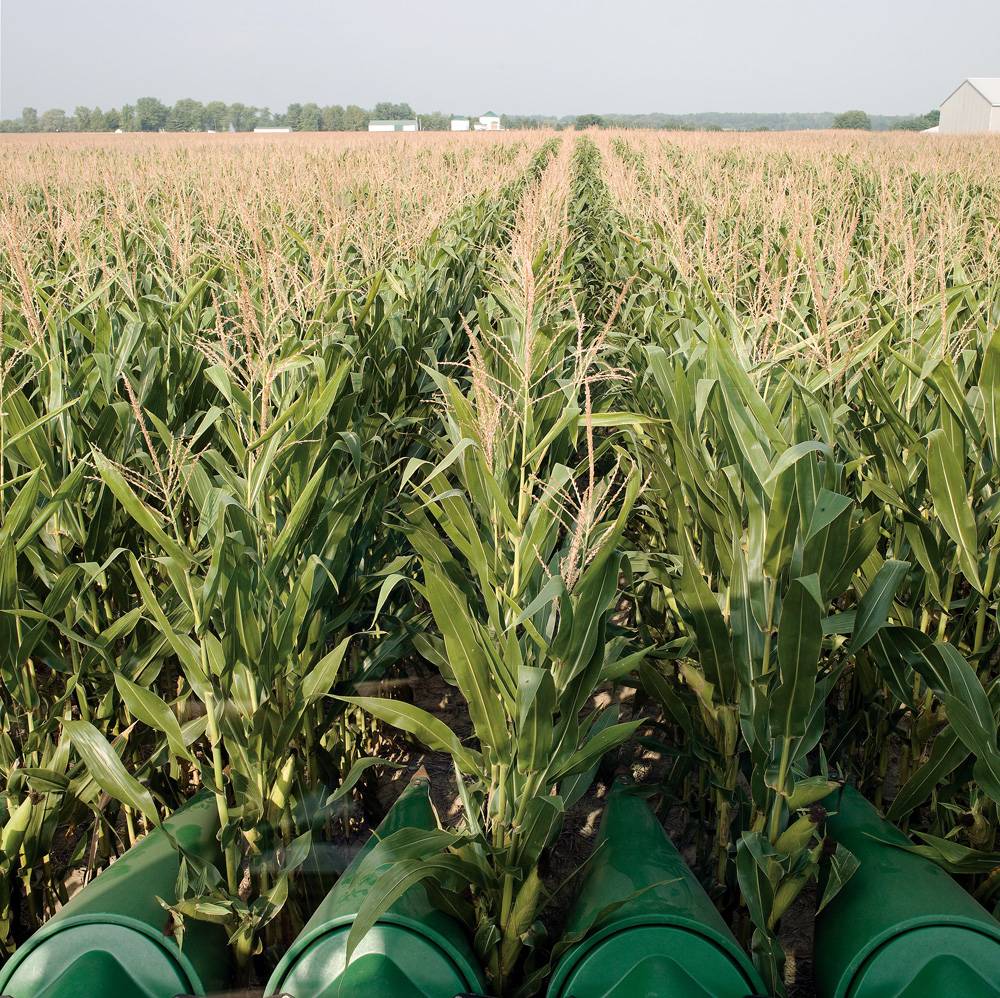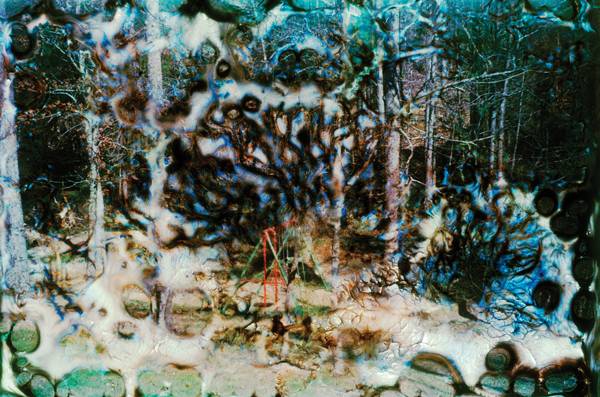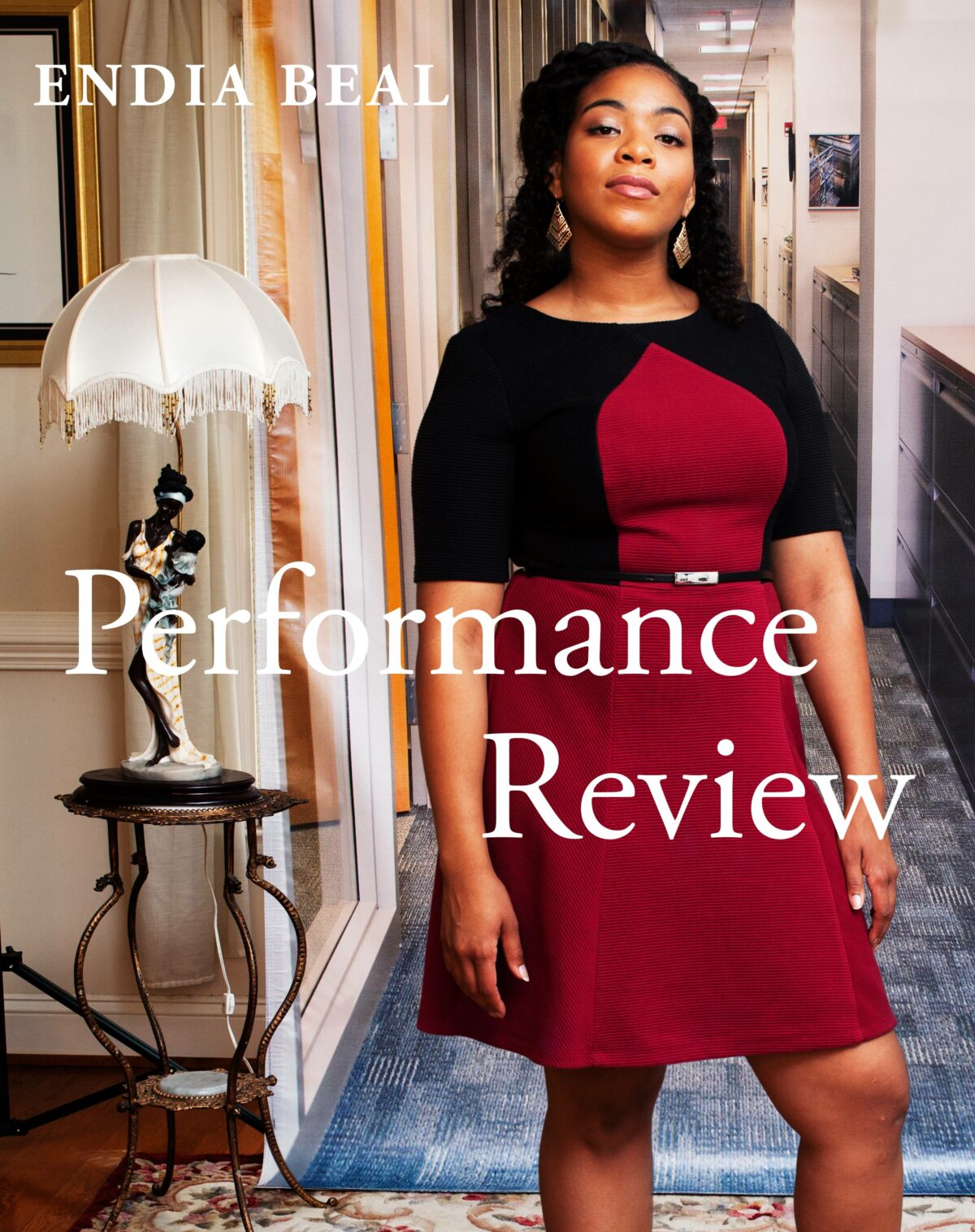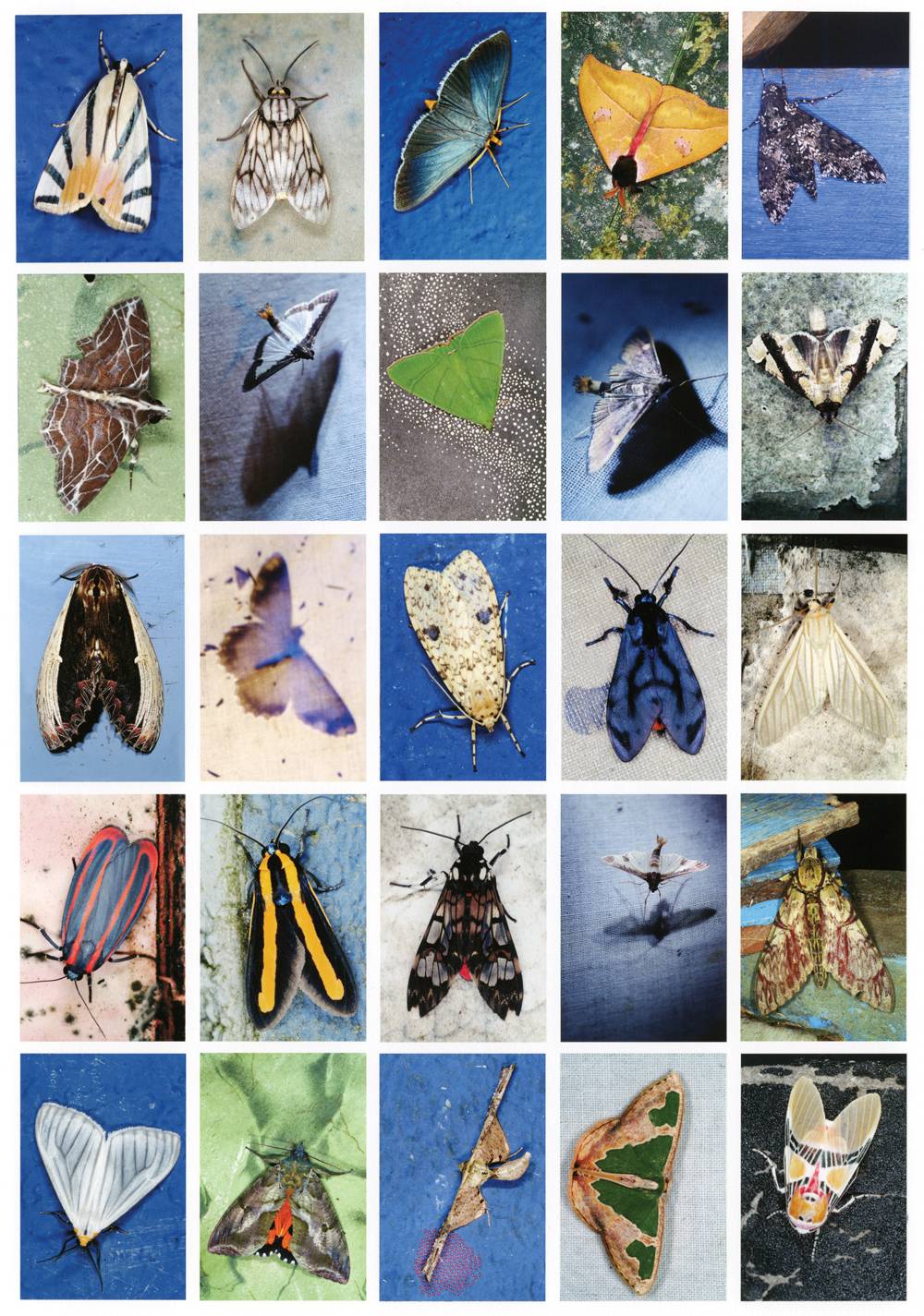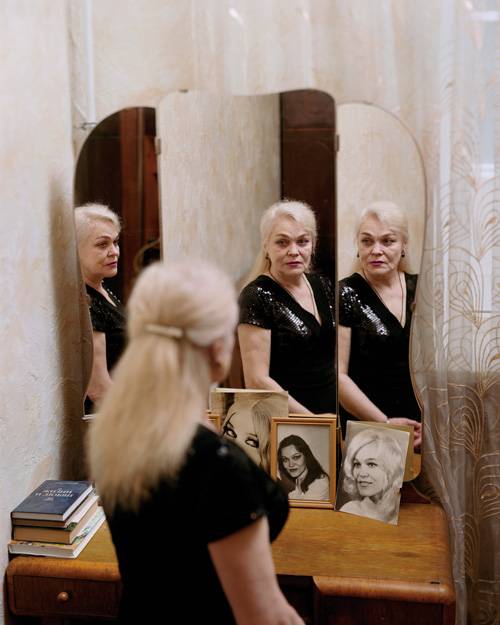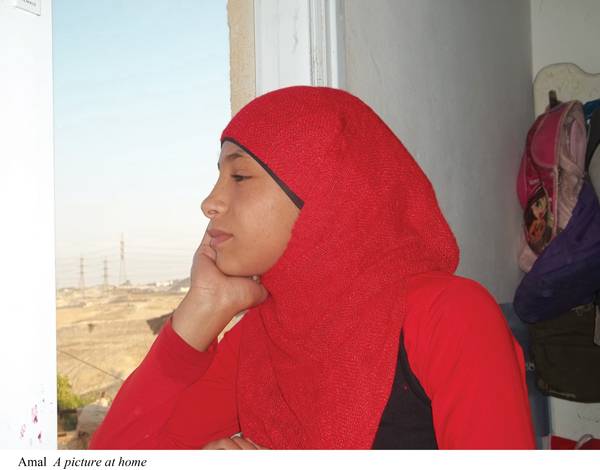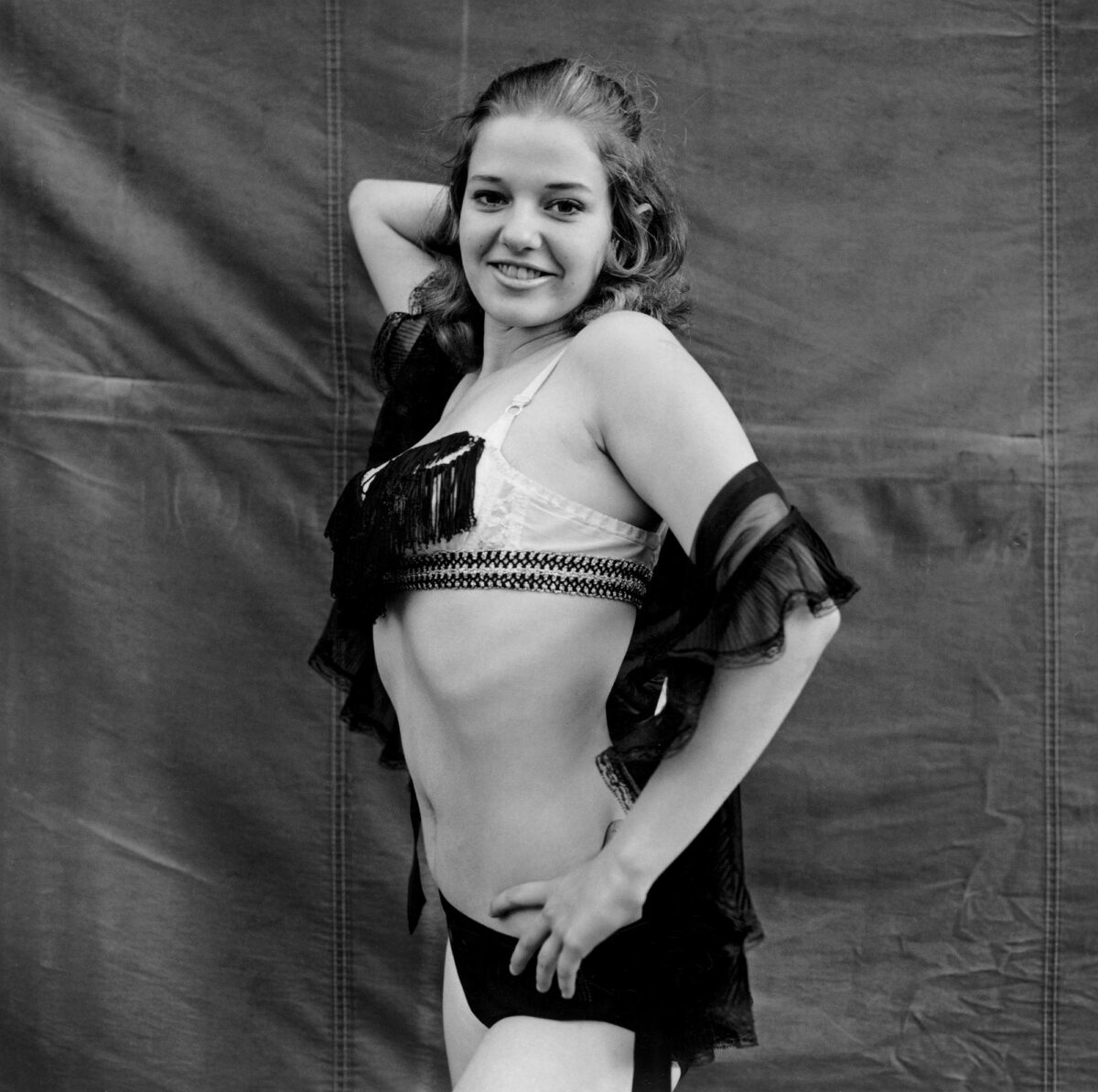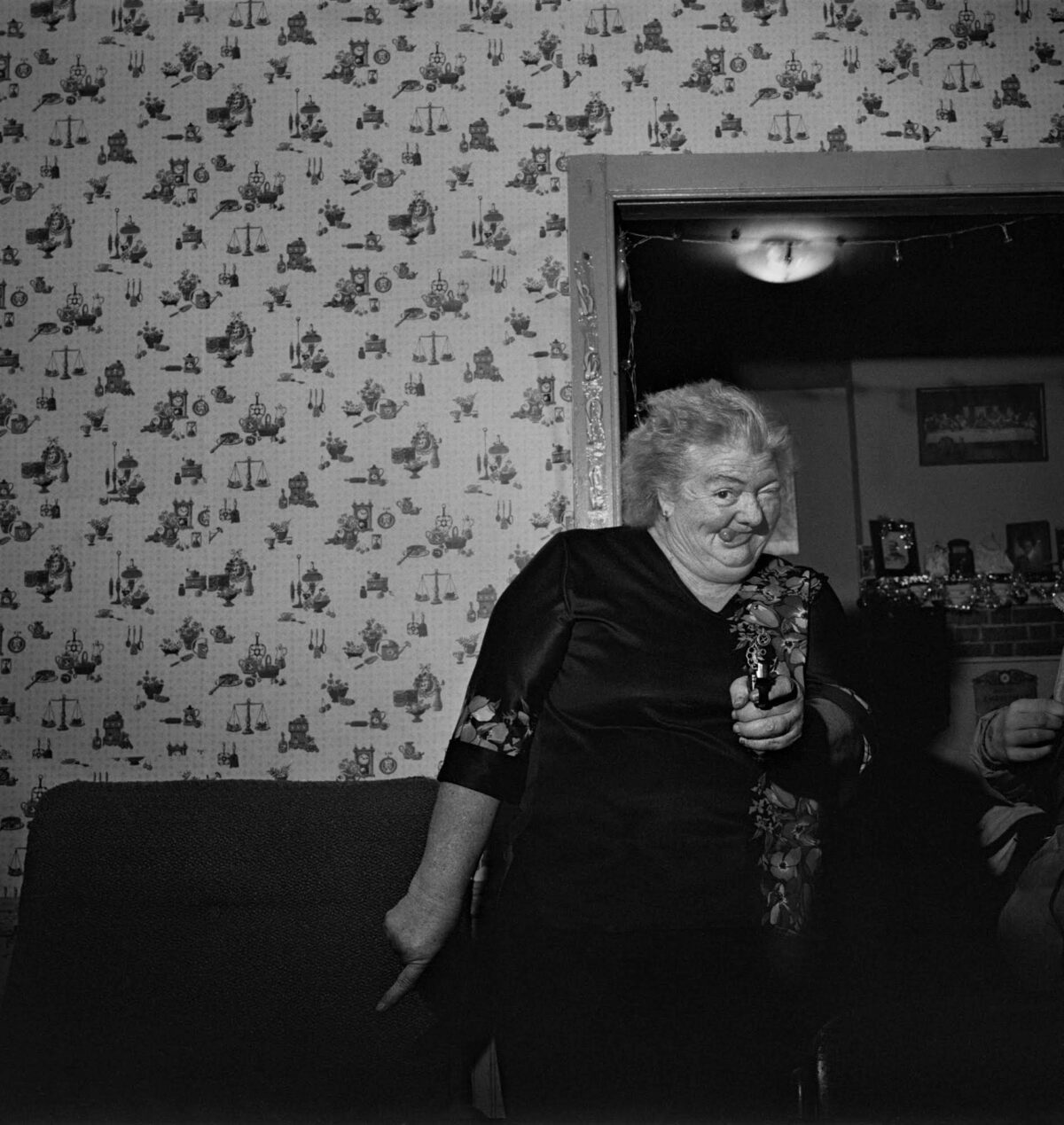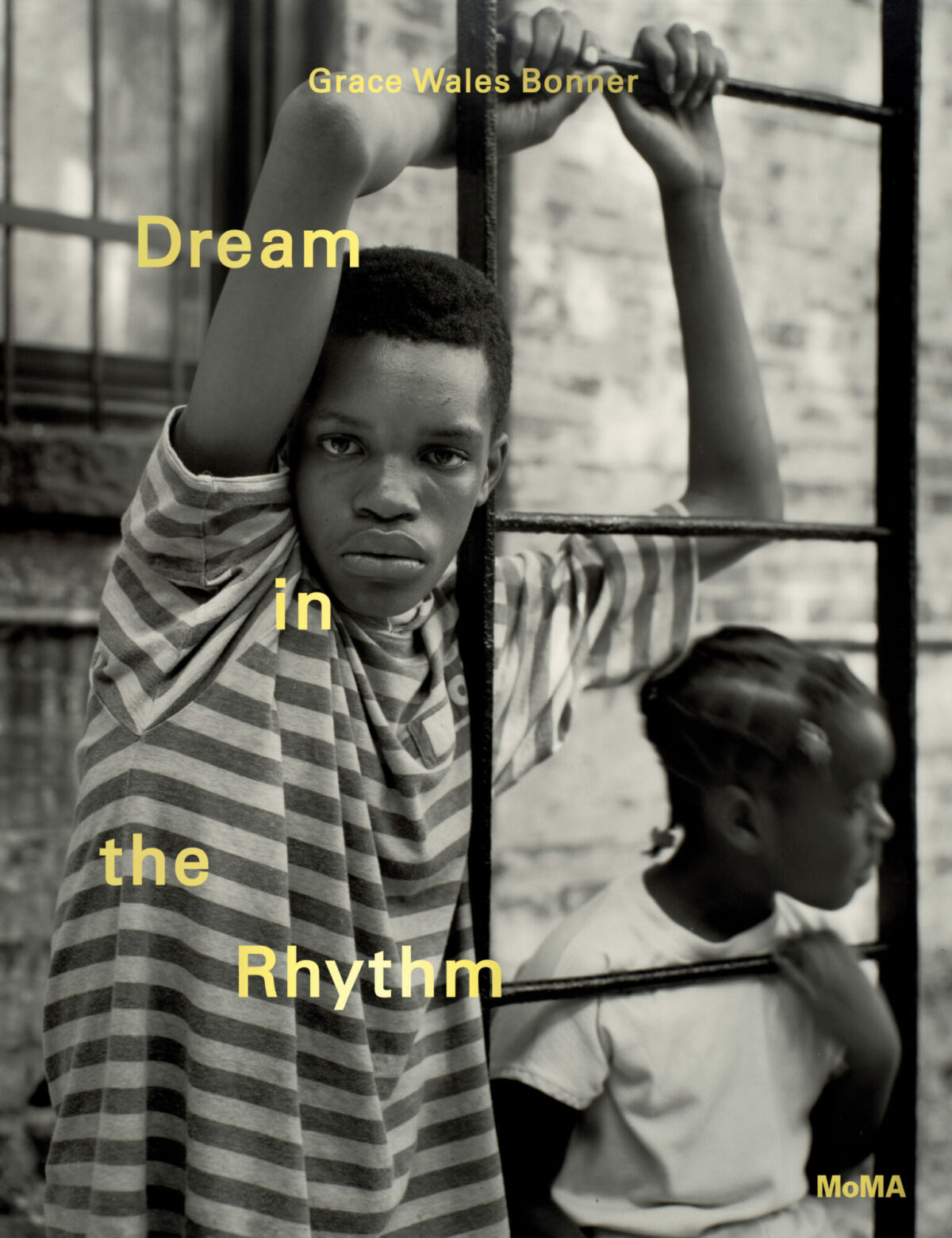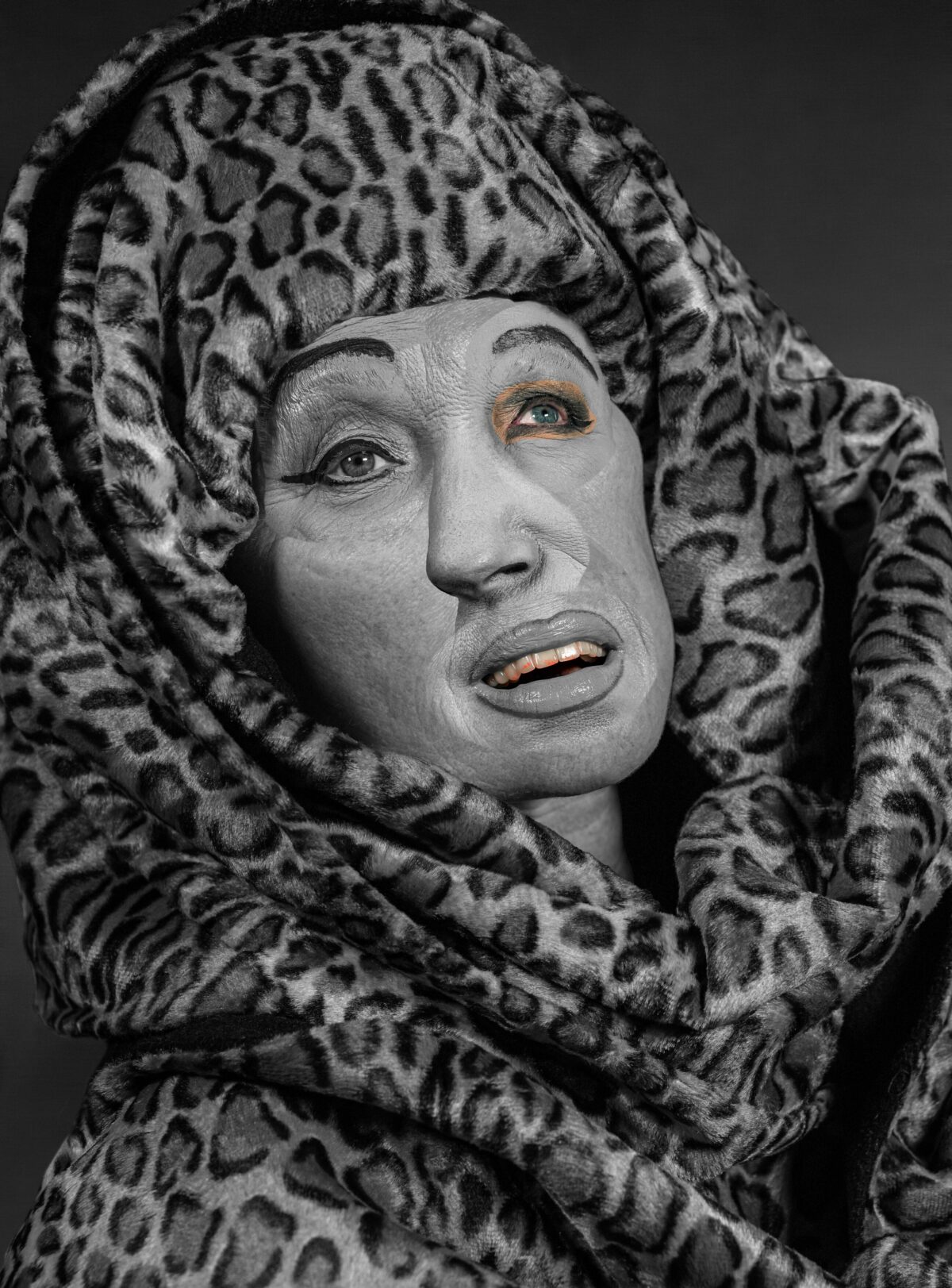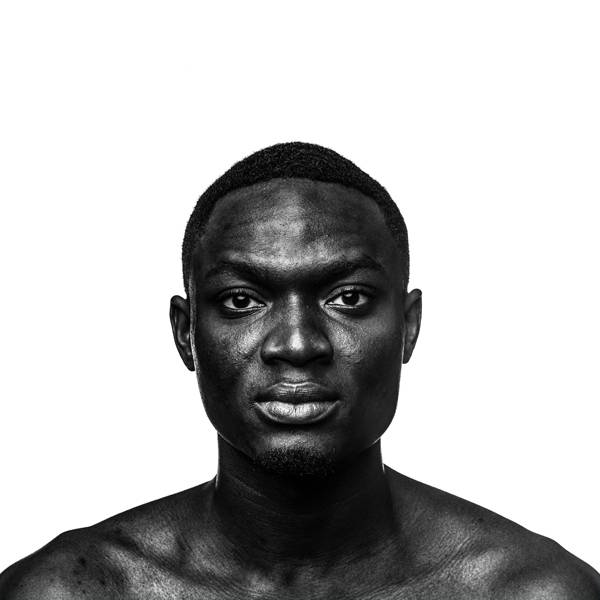In the 1990s, Lucinda Devlin gained significant attention for a series of photographs that took viewers inside the institution of the death penalty, with views of execution chambers and prisoners’ cells. The Omega Suites, however, are only the best-known series of an impressive career of dispassionate and detailed rendering. In a retrospective at the Weatherspoon Art Museum of the University of North Carolina at Greensboro (through April 23), which travels to the George Eastman Museum in June, Devlin emerges as a member of the New Topographers after the fact, sharing their fascination with the built environment and their willingness to suspend judgment in order to let viewers make up their own minds.
Lyle Rexer: Since we both come from Michigan, and we both started out as English majors, I am interested in how you became a photographer.
Lucinda Devlin: I had a vague interest in interior design, and I dabbled in art. For me, art was always craft-based, very hands-on, rather than idea-based. But I took a course in 3-D design at Eastern Michigan University and for one of the projects, based on the idea of time, I used photography. Interestingly, there were no people in the photographs, just the same as the photographs I would come to take later on. It made sense to me. I found that my creativity lay not in what I made or drew but in what I saw and how I saw.
LR: And how do you see? I think of you as neutral but deeply interested.
LD: My approach is very direct. I plant myself in front of a subject and confront it. The square format suits me; I like to impose it for its equality, its ability to contain my subjects. A rectangular format implies a landscape, and I don’t want even that. My pictures all have a center, and the square format, which feels very stable, draws you in, especially when I am dealing with interiors.
LR: Yes, I can see that, but I am thinking about a larger issue of you taking a position on your subjects, whether it’s the great lakes or sexy motel suites or execution chambers.
LD: My intent is not to take a position. If I do comment, it is more than anything in my choice of subject. In a series such as Field Culture, I am not making a statement about agribusiness but how two forms of energy production – wind power and soybeans – leave their mark on the land. In Pleasure Ground, I was fascinated by the cultural implications of the spaces we create explicitly for the sole purpose of experiencing pleasure, usually involving our bodies. Some people see humor in the pictures, but I am only asking viewers to look and reflect. I give them lots of information, but I don’t point where thoughts ought to go.
LR: That attitude may be what makes The Omega Suites so chilling. It is as if you were saying, “Since we have made a decision to accept the taking of life as part of the system of justice, we ought to have a sense of how it actually happens, or physically where it happens.”
LD: Except that that sounds like a polemic on the death penalty, which is how many people read the photographs. It was not what I intended, and my personal feelings are not relevant to what I was trying to do. Looking back over my work, it seems clear that this was part of an arc or a pattern. Even though people don’t appear in my photographs, they are there by implication. In Pleasure Ground, I described spaces that people chose to visit, even if they didn’t make them. These include outer-space themed discos and underwater hotels. In Corporal Arenas, I described spaces, like hospitals, where people – bodies – are acted upon, often in situations that are like performances. And in The Omega Suites, I photographed situations of ultimate passivity, where subjects never chose to be and where they had no control over what happened to them.
LR: But so many of the execution chambers look just like medical facilities.
LD: That’s the strange tension. In medical environments, we all feel vulnerable, but we can walk out. Not in an execution chamber. This evokes another level of fear.
LR: The whole thing seems at the same time impersonal and tawdry.
LD: And the semblance of a sterile, organized procedure is simply that, a semblance. If you look at the details in the photographs you see something else. The chamber at the Idaho State Penitentiary looks like a rec room. In Alabama, paint is peeling and the floor is soaking – a horrific place. They really are makeshift, thrown together by people who don’t entirely know what they are doing.
LR: You don’t sound neutral.
LD: When I began the project I had not thought much about the death penalty partly because there were so few executions in this country, but when I did my research and saw various death rows, I became opposed to it. But if I had set out to convince people of anything, it would not have been as effective as it was. The most powerful thing you can do as a photographer is simply show something.
LR: As a Michigan native, I have to ask you about Lake Pictures. They are taken on the shores of Lake Huron, not far from where I grew up, and they are a departure for you not just because they are exterior landscapes but because they contain no trace of human agency. They are typological because they are done within some strict parameters, but they are also more impressionistic, not to say dramatic.
LD: They are all taken near the same place, around East Tawas, and as you know in Michigan, life is dominated by the lakes. Since I was young, I was fascinated by the fact that this landscape constantly changed. To measure that, I chose to keep a strict horizon line, just as Sugimoto does – although I had never seen those photos when I started. The horizon becomes a line of demarcation between water and sky, but at the same time, since the water reflects, the horizon represents an indelible link. Of course you can’t avoid environmental concerns – issues of pollution, the invasion of the Asian carp – but they are not in the pictures. The pictures are not an inventory. They are about a particular place. It’s personal.

